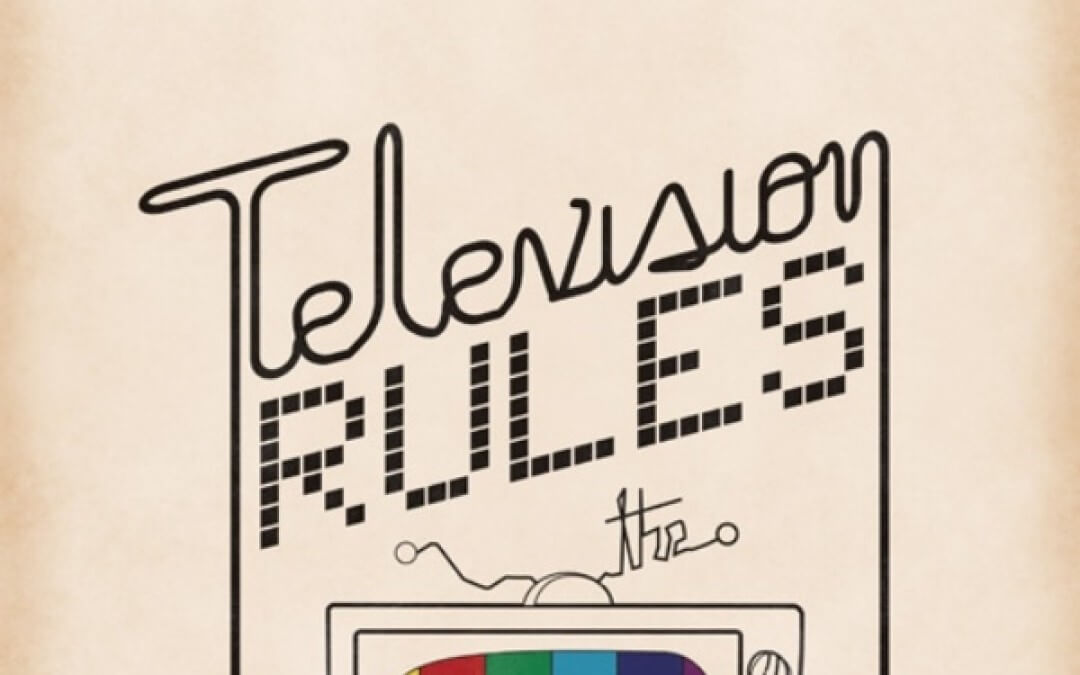Connected TVs
In our first post, we introduced you to revolution with two dimensions. First, technology is changing what TVs can do. Second, people are changing their behavior with respect to TV. Here, we continue to explore how this revolution challenges brand managers.
Today’s applications and services on internet-connected TVs are what we can call “first generation.”
By first generation we mean standalone services, which are accessed by the television viewer through a menu of “internet services.” In some cases, the manufacturer has provided a dedicated button on the remote control for fast access.
It is interesting to note that in the United States there is no standardization of this button, so consumers are left to figure out, from one brand to the other, what they need to do to benefit from the services.
This is an impediment to the development of the industry at large, when it’s already time to get to the “second generation” of experiences (we will cover this in more detail in future bog entries).
The image above is a typical connected TV user interface. From a remote like this, the television viewer can select an application or service from an onscreen menu.
Just like in the beginning of the internet era, placement on the home page is key, and of course monetized by the manufacturer.
Manufacturers today are still selling hardware, and consumers get exposed to a confusing plethora of logos and features of the product at the point of sale, or when they do internet research (if ever).
As such, there are a jungle of logos for consumers to navigate. After all, nearly all internet-connected TVs or Blu-ray players now sport a logo for Netflix, Amazon OnDemand, Hulu+, or Pandora.
Those internet services offer the convenience of the movie streaming and delivery of those companies, and are well-known by consumers.
There are also some communication-centric applications, like Skype, for family video conferencing.
There are social networking apps, like Facebook or Twitter, but once you are in the app, there is no relevance to the TV experience.
It’s easy to understand why and how manufacturers have gone down this model: it is relatively easy to implement [1], does not require the business approval of the content owners and broadcasters, helps them leverage known brands and logos to sell their devices, and creates an impression of being present against the “app store” model of Apple and the AppleTV device.
In this world, some brands have decided to create an application just to be present and keep brand exposure going.
But overall, this stage still feels like “the alphabet soup” of the promise of the “internet TV era,” and is just achieving today to accomplish one objective: teach millions of television viewers that they can do something more with their TV without being quite sure yet what that is.
It can be said that this first generation service does not best serve your brand. It is a confusing and difficult consumer experience, which limits the opportunities to create meaningful brand interactions with your consumers.
1. Everything is relative, and we will spare you here with the technology complexities of those platforms, but globally they rely on internet based software and are now well understood by the manufacturers.





